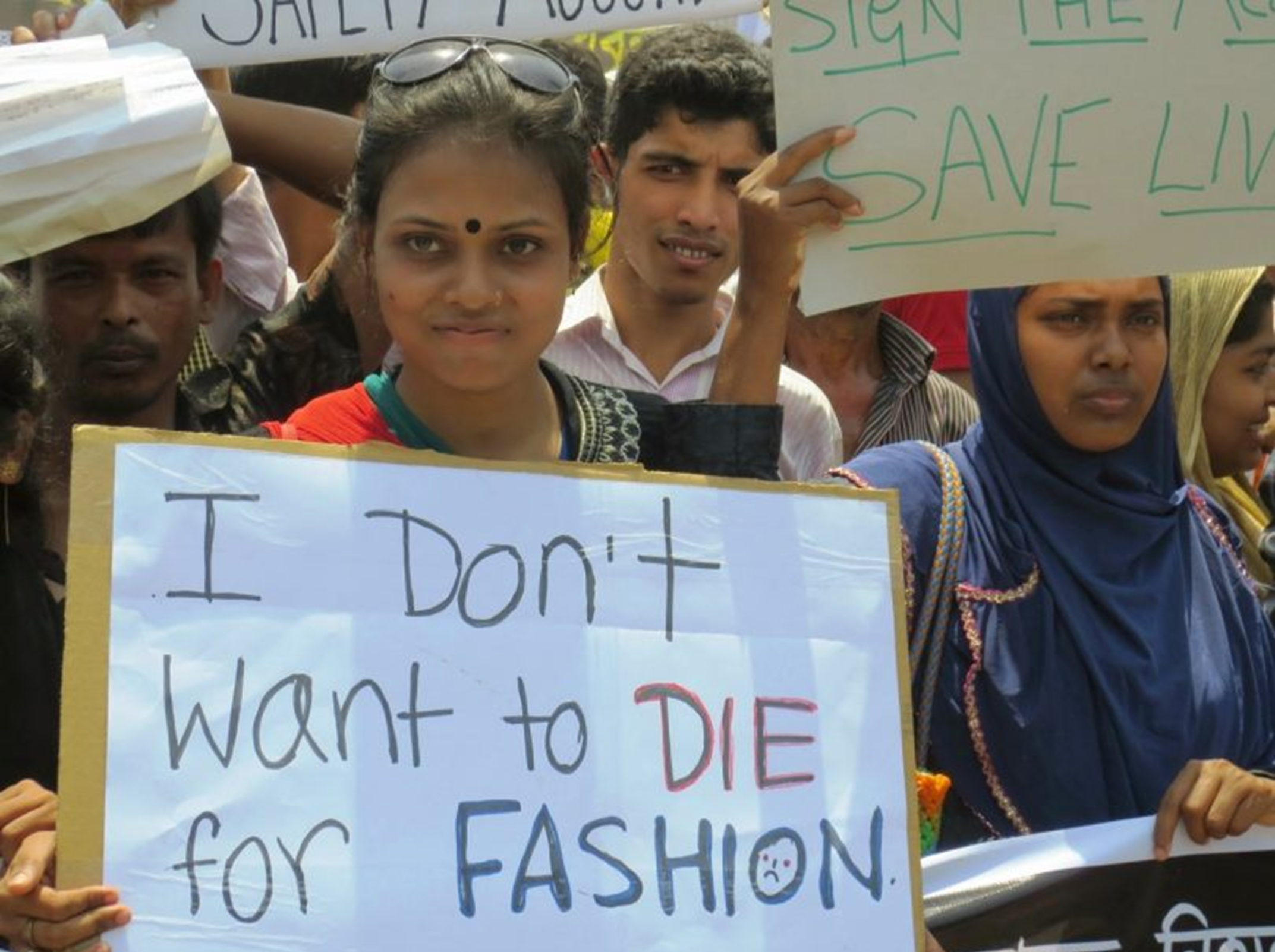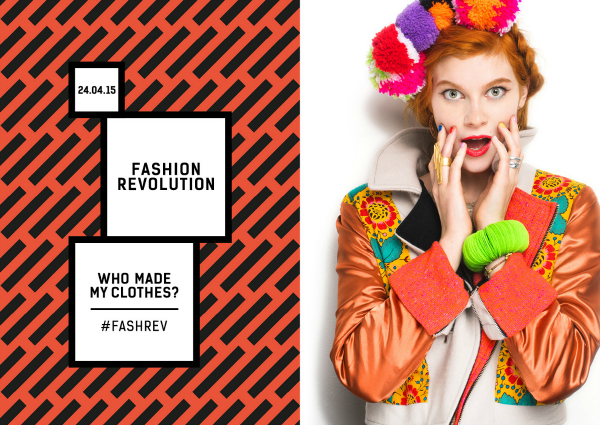Topic 10. Culture and Subcultures
Fashion and Political Consumerism

Political consumerism refers to consumer choices influenced by political or ethical considerations, with the aim to challenge objectionable institutional or market practices (Micheletti, 2003; Stolle et al., 2005). This can take the form of boycotting—avoiding certain products, brands, or stores—or buycotting, which involves deliberately purchasing from brands or stores, that align with a specific cause. As social media has grown, so has political consumerism. Today, networks of like-minded individuals use social platforms to share information and promote alternative consumption choices that reflect their values (Bossy, 2014).
Political consumerism is often described as “individualized collective action” because it is driven by personal values while contributing to broader societal goals. For instance, a consumer might individually adopt a plastic-free lifestyle, refusing to purchase plastic products as a personal contribution to the fight against climate change. Others may join organized movements that collectively make ethical consumption choices and advocate for systemic change. Political consumerism is closely linked to civic engagement, which addresses public concerns, compared to traditional political participation, and its goals can vary widely. These may include supporting local businesses, reducing food waste, or advocating for human rights.

Fashion serves as a powerful arena for political consumerism in two key ways. First, consumers can influence fashion industry practices by demanding change through their consumption choices. A striking example is the Fashion Revolution movement, which emerged after the 2013 Rana Plaza disaster in Bangladesh, where over 1,100 garment workers lost their lives while producing clothing for brands like Dior and Saint Laurent. In response, consumers took to social media to demand greater transparency and ethical accountability and boycotted fast fashion brands that failed to meet ethical standards.

Second, fashion itself can be used as a tool for advocacy. Clothing choices can send powerful messages about identity, values, and causes. For example, during the women’s suffrage movement, women make fashion and even anti-fashion consumption choices by rejecting restrictive clothing as an act of defiance against gender norms. Similarly, wearing the six-stripe rainbow flag has become a widely recognized symbol of LGBTQ rights. Through both consumption and self-expression, political consumerism continues to shape the fashion industry and its role in social change.
For more information on this topic, see:
- The Fashion of Suffrage, part of the digital exhibit Votes and Petticoats by John Hopkins Sheridian Libraries and University Museums: https://exhibits.library.jhu.edu/omeka-s/s/VotesAndPetticoats/page/the-fashion-of-suffrage
- Singer, M. (Sep. 17, 2020). Power Dressing: Charting the Influence of Politics on Fashion. Vogue. https://www.vogue.com/article/charting-the-influence-of-politics-on-fashion
Media Attributions
- The image of fashion revolution who made my clothes campaign is a past promotion material of Fashion Revolution, licensed under CC BY-NC-ND
- The image of the collapse of Rana Plaza By Sharat Chowdhury, licensed under CC BY 2.5
- The image of Rana Plaza protesters is by Solidarity Center, licensed under CC BY-ND 2.0
- The image of Gay Pride Rainbow Clown is by Zervas, licensed under CC BY-NC-ND 2.0
References
Bossy, S. (2014). The utopias of political consumerism: The search of alternatives to mass consumption. Journal of Consumer Culture, 14(2), 179-198.
Micheletti, M. (2003). Shopping with and for Virtues. In Political virtue and shopping (pp.149-168). New York, NY: Palgrave Macmillan.
Stolle, D., Hooghe, M., & Micheletti, M. (2005). Politics in the supermarket: Political consumerism as a form of political participation. International Political Science Review, 26(3), 245-269.

